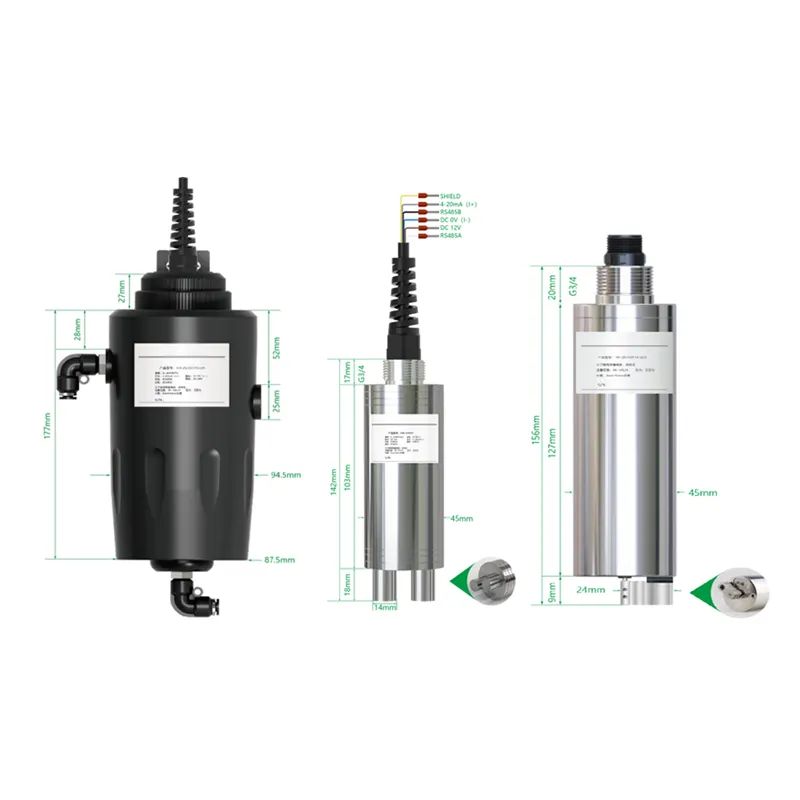Turbidity has a significant impact on reservoir water by raising the temperature and evaporation rates. This study provided clear and concise information about the effects of turbidity alteration on reservoir water. The main objective of this study was to assess the effects of turbidity variation on reservoir water temperature and evaporation. To determine these effects, the samples were taken from the reservoir by stratifying it randomly along the reservoir course. To evaluate the relationship between turbidity and water temperature and also to measure the vertical alteration of water temperature, ten pools were burrowed, and they were filled with turbid water. Two class A pans were installed in the field to determine the effect of turbidity on reservoir evaporation. The data were analyzed using SPSS software and MS Excel. The results depicted that turbidity has a direct, solid positive relationship with water temperature at 9:00 and 13:00 and a vigorous negative relationship at 17:00, and water temperature decreased vertically from the top to the bottom layer. There was a greater extinction of sunlight in most turbid water. The differences in water temperature between the top and bottom layers were 9.78°C and 1.53°C for most and least turbid water at 13:00 observation hour, respectively. Turbidity has a direct and strong positive relationship with reservoir evaporation. The tested results were statistically significant. The study concluded that an increment in reservoir turbidity immensely heightens both reservoir water temperature and evaporation.
1. Introduction
Due to the presence of numerous suspended individual particles, water becomes turbid. As a result, light rays are more likely to be scattered and absorbed in the water as opposed to traveling through it directly . As a result of the world’s unfavorable global climate change, which exposes land surfaces and causes soil erosion, it is a significant issue for the environment. Water bodies, particularly the reservoirs, which were built at a tremendous expense and are crucial to the countries’ socioeconomic development, are greatly impacted by this change. Strong positive correlations exist between turbidity and suspended sediment concentration, and strong negative correlations exist between turbidity and water transparency .
According to several studies , the activity of for the expansion and intensification of farmland and the construction of infrastructure heighten the alteration of air temperature, net solar radiation, precipitation, and land surface runoff and magnify soil erosion and reservoir sedimentation. The clarity and quality of surface water bodies that are utilized for water supply, irrigation, and hydropower are impacted by these activities and events. By regulating and controlling an activity and events that cause it, building a structure, or providing nonstructural mechanisms that regulate the entrance of the soil eroded from the upstream catchment area of the water bodies, it is possible to lower reservoir turbidity.
Due to suspended particles’ ability to absorb and scatter net solar radiation as it strikes the water’s surface, turbidity raises the temperature of the surrounding water. The solar energy that the suspended particles have absorbed is released into the water and amplifies the temperature of the water close to the surface. By reducing the concentration of suspended particles and eliminating the plankton that causes turbidity to increase, the temperature of turbid water can be decreased. According to several studies , turbidity and water temperature both decrease along the longitudinal axis of the reservoir water course. The turbidimeter is the most widely used instrument for measuring the turbidity of the water caused by the abundant presence of suspended sediment concentrations
There are three well-known methods for modeling water temperature. All three of these models are statistical, deterministic, and stochastic and have their own constraints and data sets for analyzing the temperature of various water bodies. Depending on the availability of the data, both parametric and nonparametric statistical models were used for this study.
Because of their larger surface area, a substantial quantity of water evaporates from artificial lakes and reservoirs than from other natural water bodies. This happens when there are more moving molecules that break away from the water surface and escape into the air as vapor than there are molecules that reenter the water surface from the air and become trapped in the liquid.
Post time: Nov-18-2024


